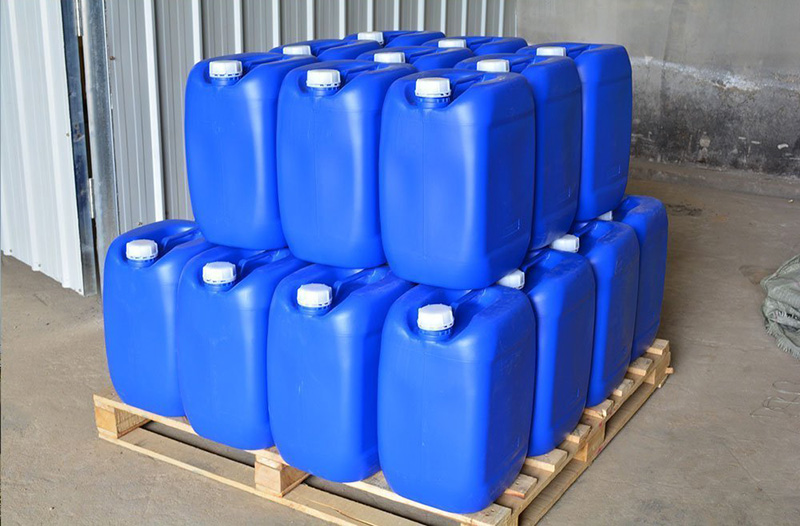
Silane coupling agents are organosilicone compounds having two functional groups with different reactivity. One of the two functional groups reacts with organic materials and the other reacts with inorganic materials. Their general structure is as follows:
what is silane coupling agent
Where Y denotes a functional group that links with organic materials, e.g. vinyl, epoxy, amino group and so on. X is a functional group that undergoes hydrolysis by water or moisture to form silanol. This silanol links with inorganic materials. Representative examples of X include chlorine, alkoxy, and acetoxy group.
Silane coupling agents are effective for the improved adhesion at the interface between the organic and inorganic materials and have been frequently utilized to enhance the strength and improve the performance of glass-fiber reinforced plastics. Recently, they have been used in the manufacture of inorganic-organic hybrid materials such as the laminating board for printed circuit boards, artificial marble, plastic magnets, and silica-immobilized bioactive compounds.
In addition to the original purpose of improving the adhesiveness of an interface, different applications are being explored. Examples include synthesis of moisture crosslinkable polymers using the reactivity of hydrolytic functional group, to give antistatic and antibacterial properties from surface treatment using silane coupling agents. It is expected that silane coupling agents will be applied in many fields.